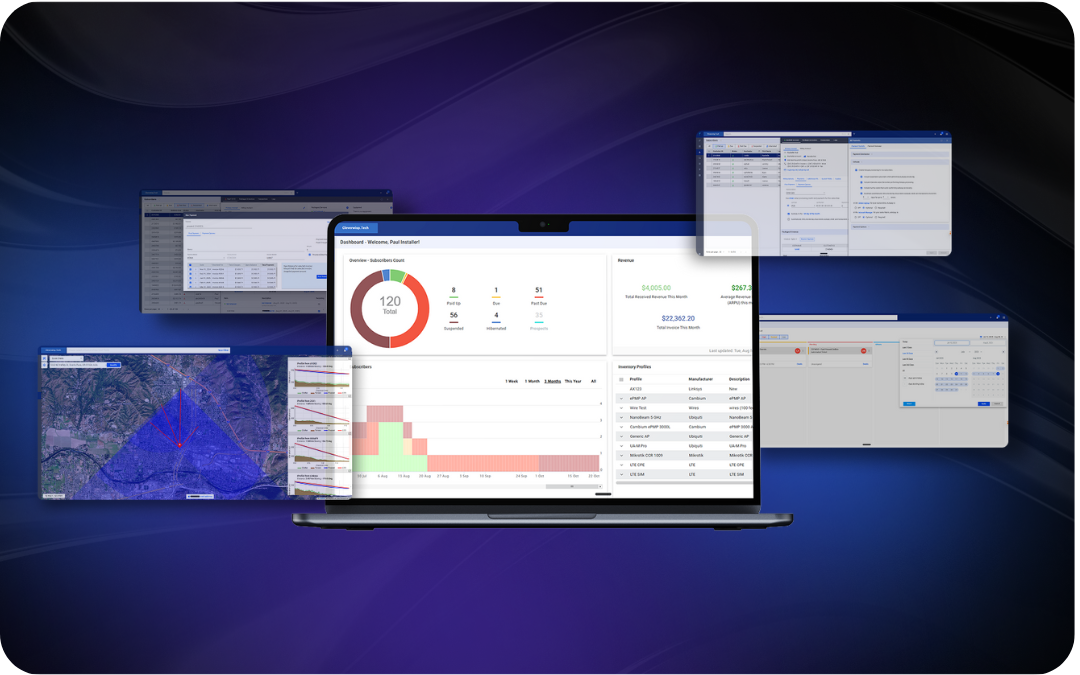
WISP advocacy strengthens the industry and creates better opportunities for all.
The lone wolf image of the WISP owner-operator may be on its way to extinction, thanks to the latest result of the WISP industry’s advocacy. When a consortium including T-Mobile requested that the FCC do away with limits on Priority Access Licenses (PALs) and create Partial Economic Areas (PEAs), they ran into a WISPA advocacy roadblock. Persuaded by WISPA, 200 WISPs and others the FCC imposed county-sized licenses rather than removing limits altogether.
According to Claude Aiken, WISPA’s President, without these vocal WISPs, the outcome could have been much worse. If there were no imposed limits or PEAs as the consortium proposed, then small- to medium-sized WISPs would be priced out of spectrum.
As PALs currently stand, there’s a workable strategy for smaller WISPs to get around the new rules by banding together with neighboring WISPs to bid on a county license and divide the licensed spectrum bounty.
But, don’t rush off to talk with your neighbors just yet – Richard Bernhardt, WISPA’s National Spectrum Advisor, advises that the FCC must set up auction rules; the ability to purchase licensed spectrum by county may be here by 2020.
This gives WISPs who are on the fence time to decide whether licensed spectrum is an option for them. Although it’s 1/7 of the cost of fiber, Bernhardt advises that the cost of licensed spectrum is higher than unlicensed. Equipment costs and its installation by specialized certified installers (CPIs), must be factored in to ARPU.
In the meantime, ensure your voice is heard by WISPA representatives and the officials in Washington D.C. on all issues related to the good of the WISP industry. Despite being seriously underfunded and “punching above our weight class,” Aiken points out that WISPA is now being asked to voice opinions about new policies and has shown wins like county-licensing are possible.
WISP advocacy isn’t as difficult as it sounds. Just download the WISPA advocacy tool by texting “WISPA” to 50457. And, keep up with the latest industry and regulatory news on WISPA.org.
Thank you to Elizeus Dias for the article image. Dias’ work can be found on Unsplash.com.










